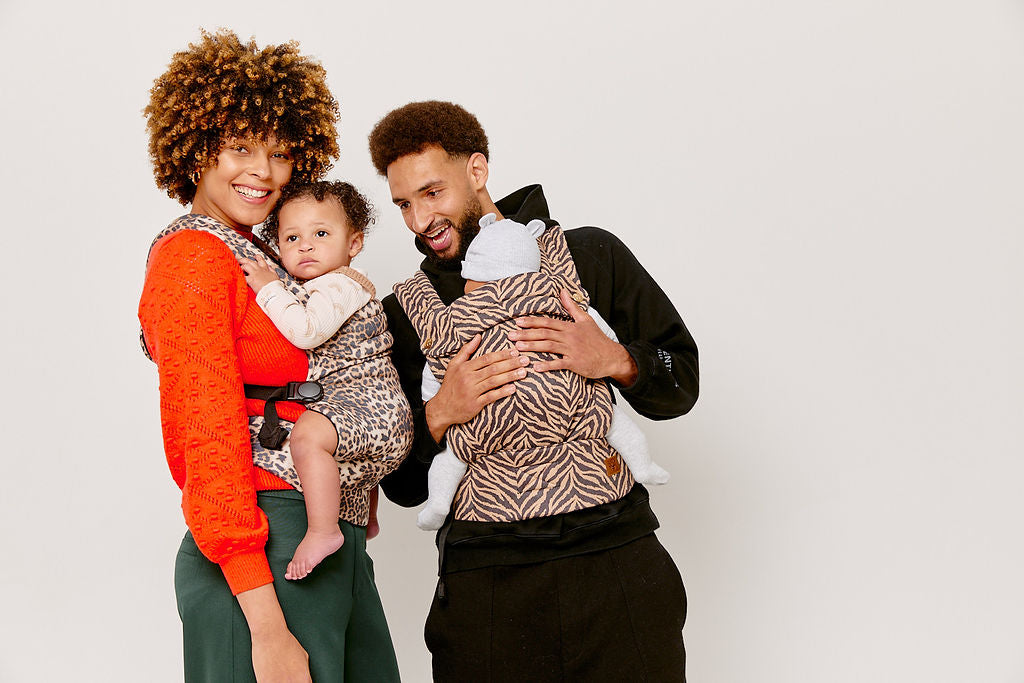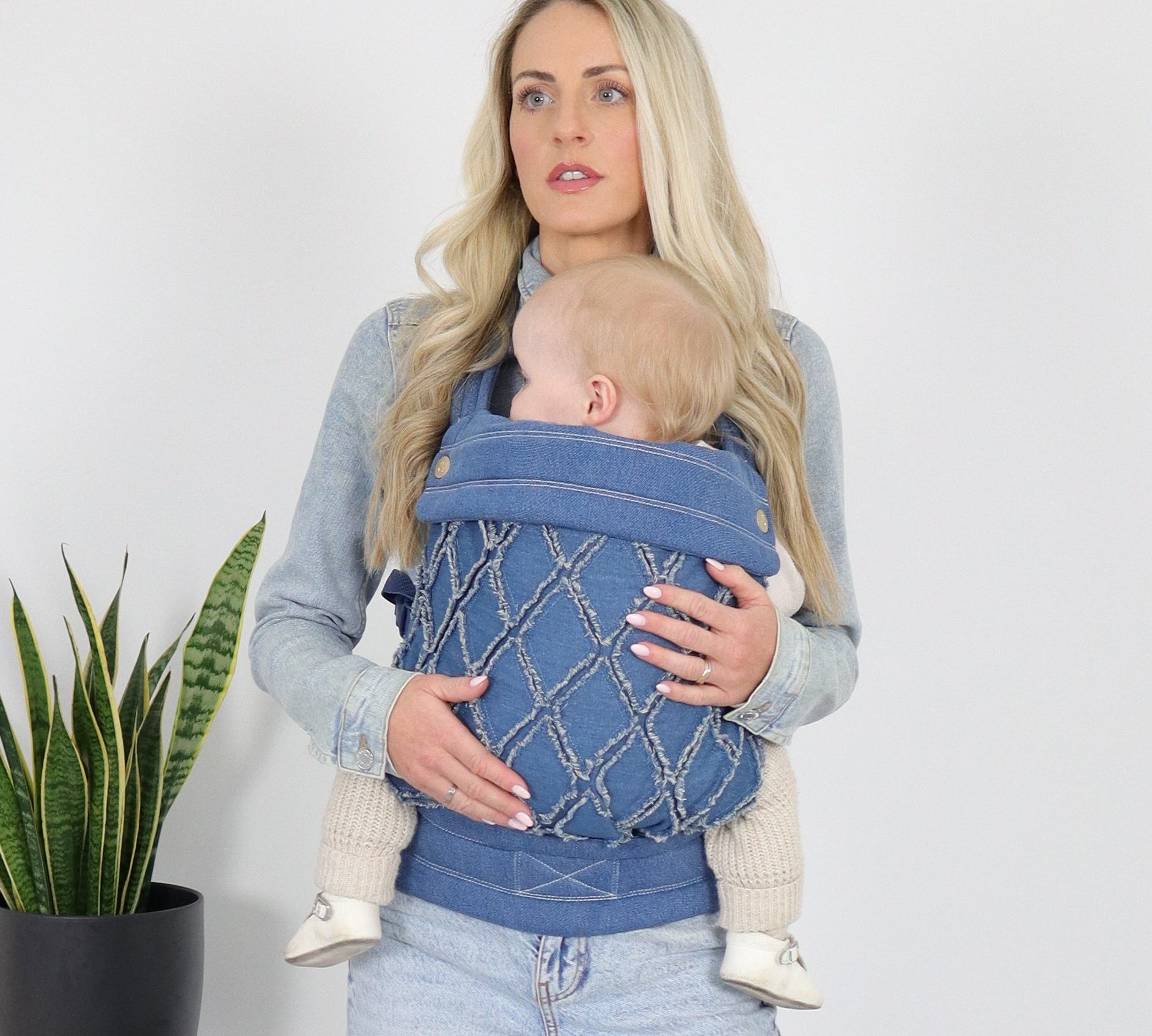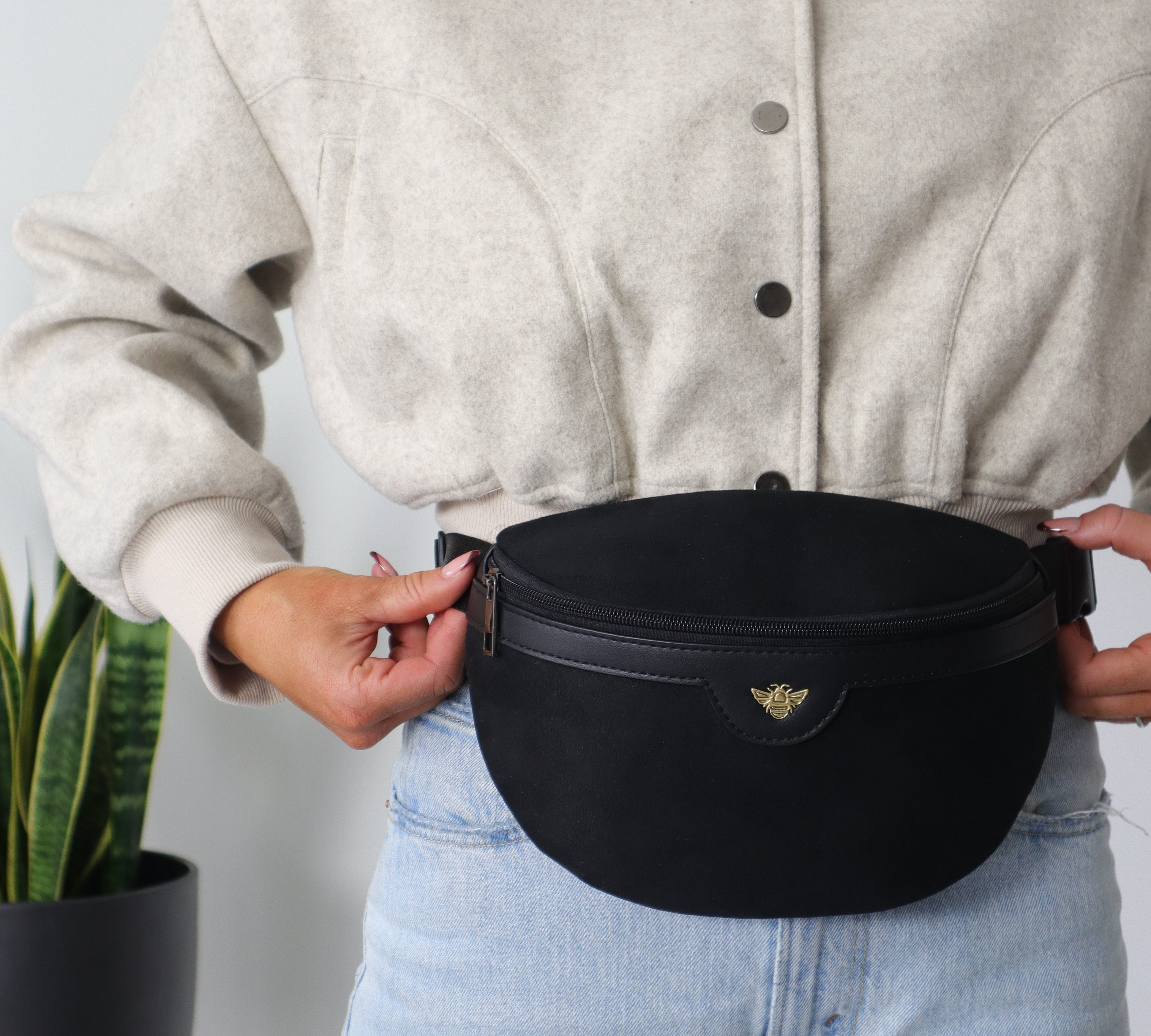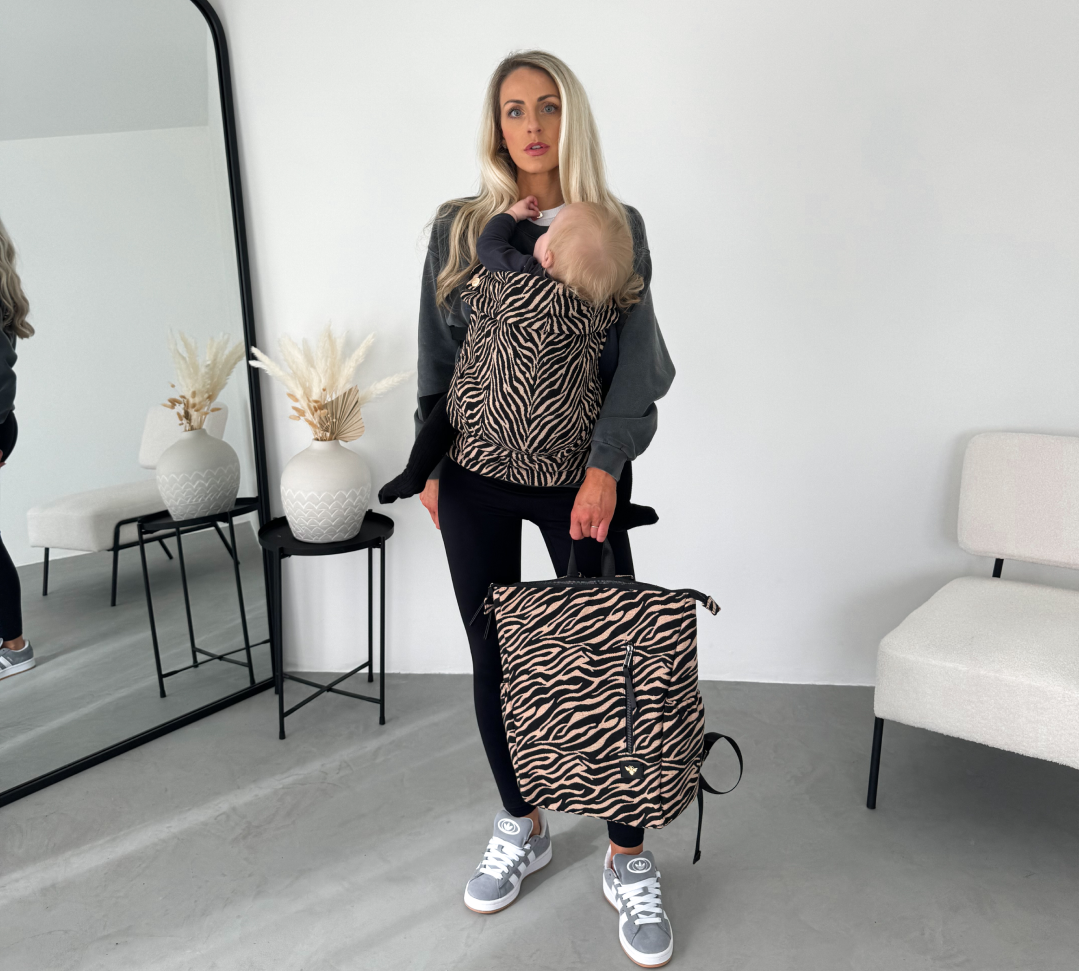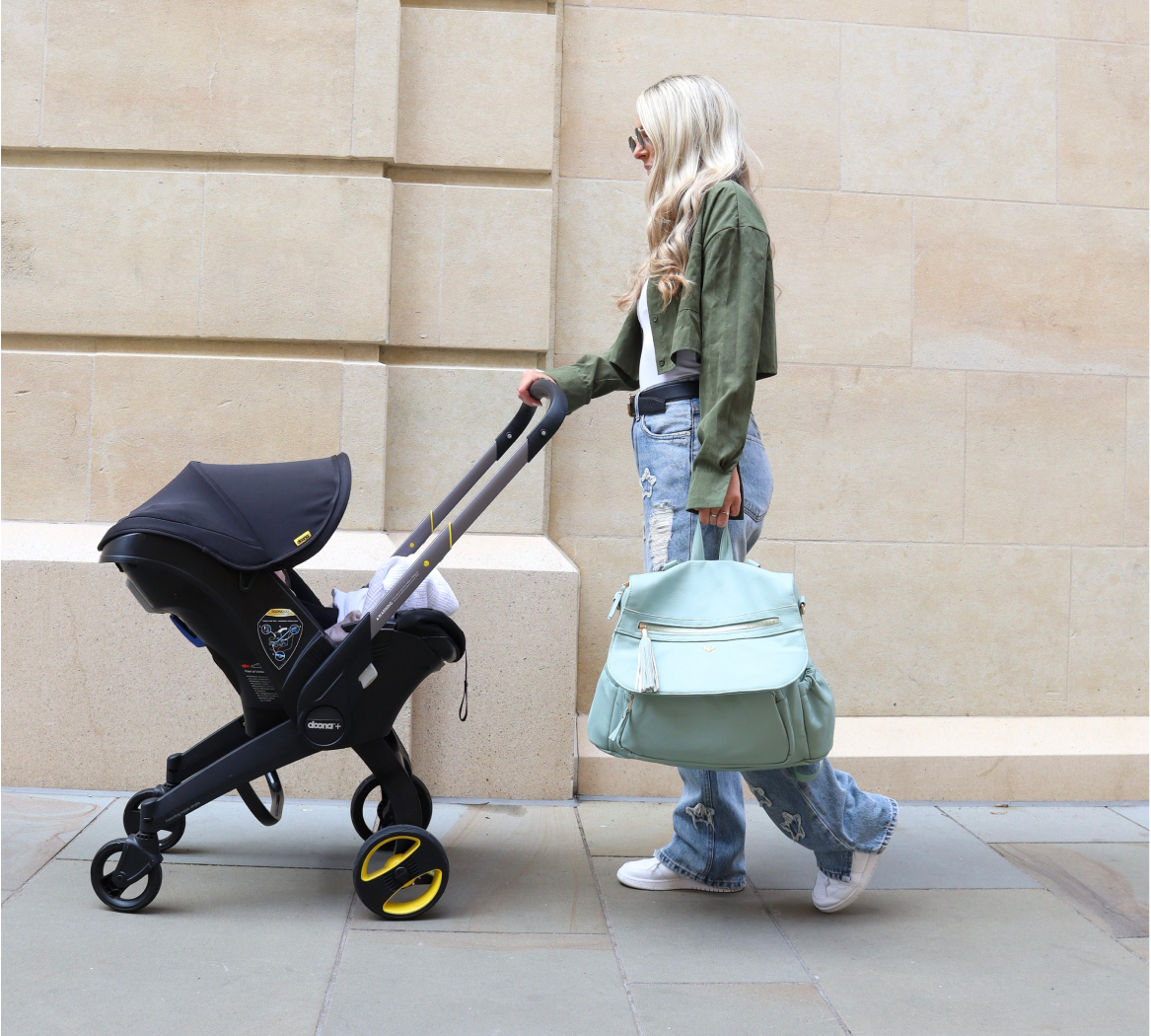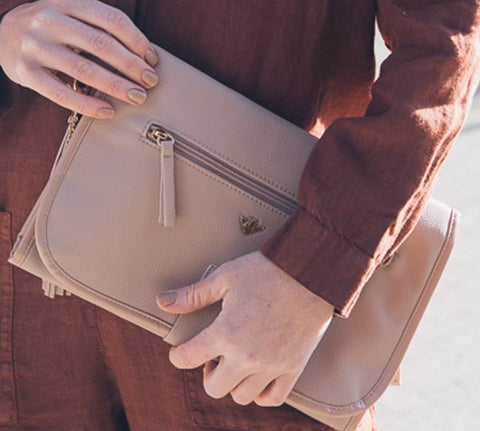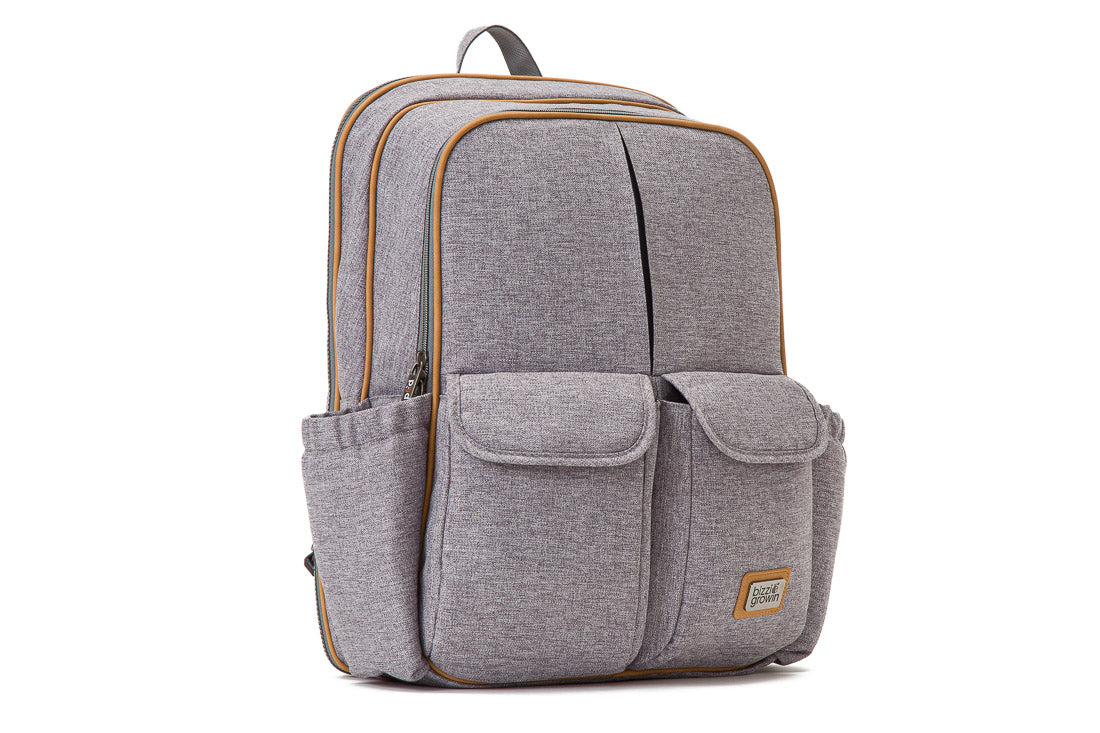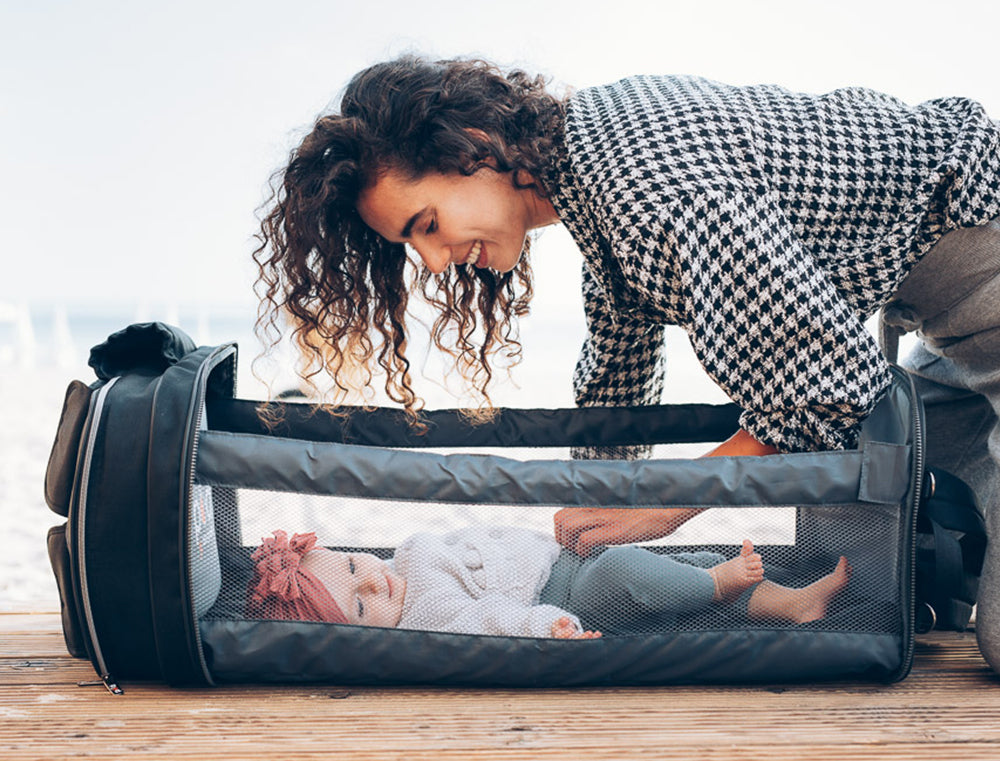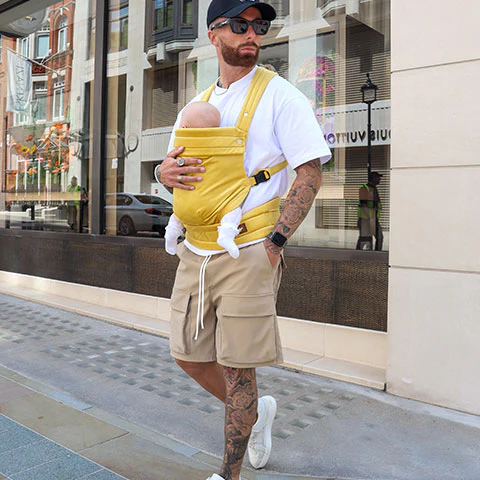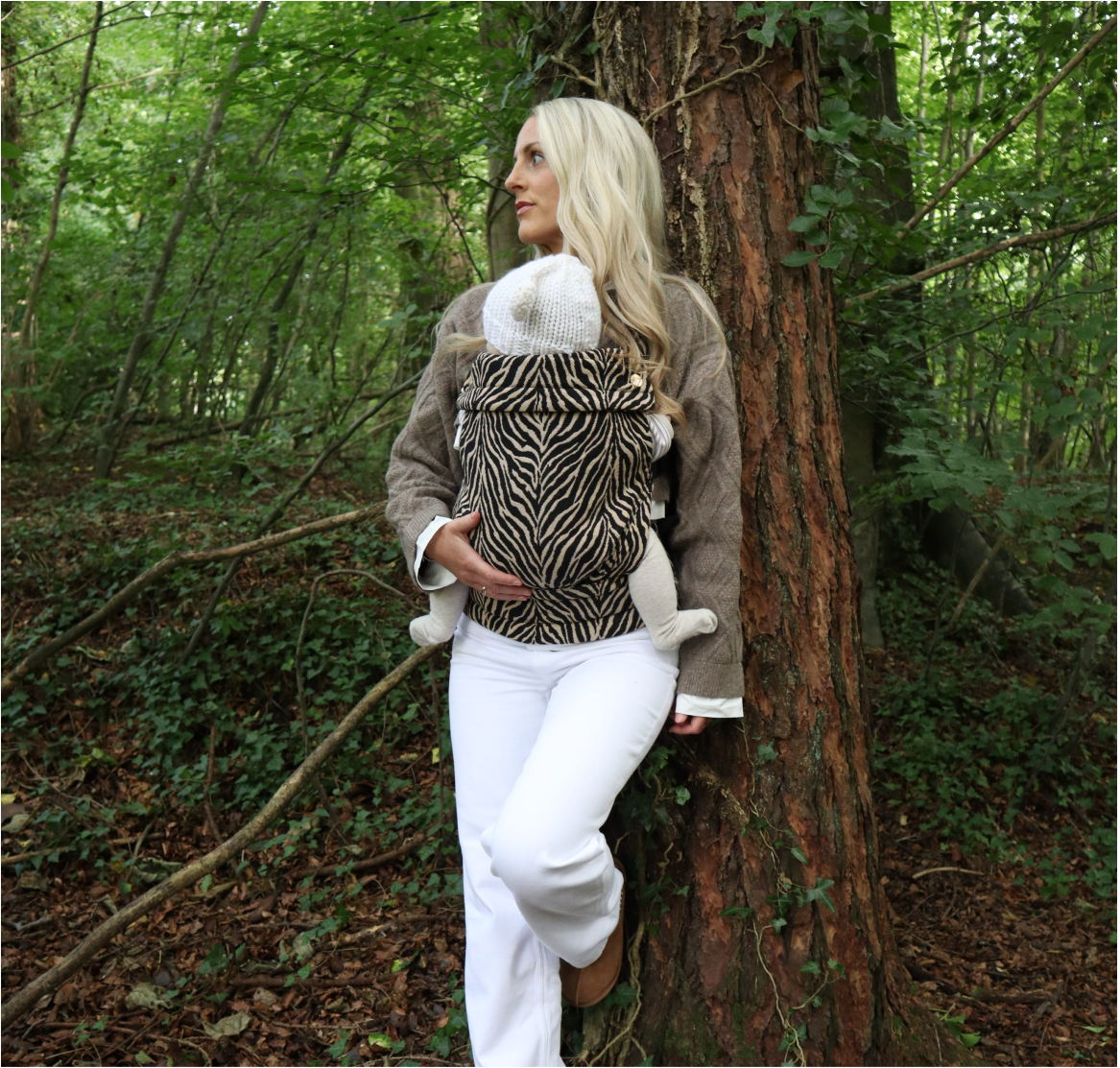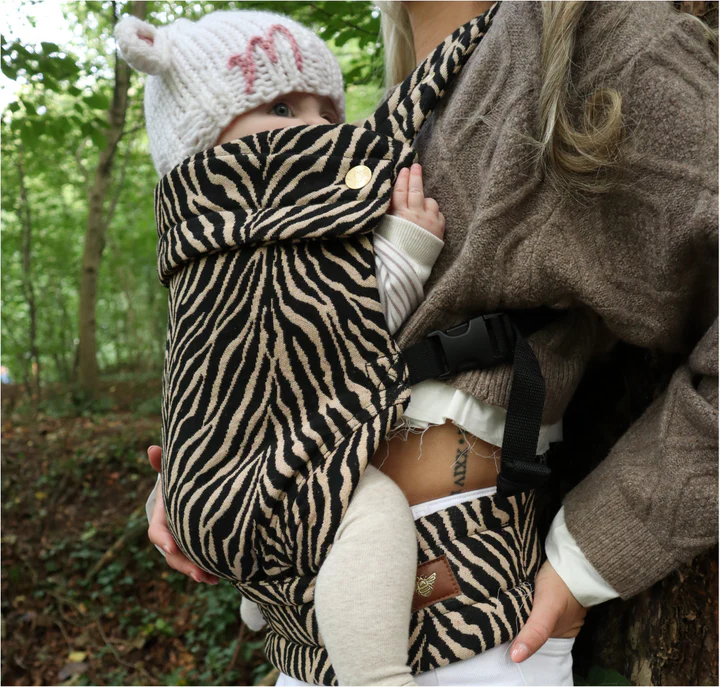For many parents, baby carriers are an invaluable tool, offering the perfect solution for keeping your baby close while still having the freedom to move around. Whether you're doing household chores, running errands, or simply enjoying a walk, baby wearing helps you stay hands-free while supporting the baby comfortably. One of the added benefits of baby wearing is how it can soothe your little one to sleep. Babies love the warmth, security, and gentle rocking motion that a carrier provides, and many parents find their babies falling asleep quite easily while being worn.
However, there are a few important things to consider when it comes to baby sleep in a baby carrier. Ensuring your baby is safe, comfortable, and well-supported while they nap in a carrier is essential for both their health and your peace of mind. In this article, we'll explore what you need to know about baby sleep in a baby carrier, from maintaining proper positioning to protecting the head and making sure they're comfortable.
The Importance of Proper Positioning
One of the most critical factors to consider when your baby falls asleep in a baby carrier is ensuring they are in the correct position. Proper positioning is vital for both their comfort and safety. When supporting the baby in a carrier, their legs should be in the "M" position, with their knees higher than their bottom. This helps promote healthy hip development and prevents hip dysplasia, a condition that can occur when babies' hips aren't positioned correctly.
Their back should be slightly rounded in a "C" shape, which is the natural curve for a baby’s spine, especially in the newborn stage. For this reason, papoose and wrap-style carriers are popular for newborns, as they tend to offer better ergonomic support for the baby’s back. Keeping your baby in this natural position ensures they are not slumping, which could obstruct their airway or cause discomfort.
Protecting the Head and Neck
When babies are asleep in a carrier, one of the most important considerations is protecting the head and neck. Infants, especially newborns, have weak neck muscles and cannot hold their heads up on their own. It’s crucial that the baby carrier provides adequate head and neck support. Many carriers, particularly those designed for newborns, come with additional padding or structured headrests to help keep your baby’s head in place.
When using a front facing baby carrier, it’s especially important to ensure that your baby’s head does not tilt too far forward, as this can restrict their airway. The rule of thumb is that your baby’s head should be close enough for you to kiss, and you should always be able to see their face to ensure their breathing is not obstructed.
Making Them Comfortable
Comfort is key to ensuring that your baby can nap peacefully in a baby carrier. Babies tend to fall asleep more easily when they feel snug, warm, and secure. The material of the carrier plays a big role in this. Soft, breathable fabrics like cotton are ideal for ensuring your baby stays comfortable and doesn’t overheat. Wraps and papoose baby carriers often offer a snug fit that mimics the womb, making it easier for your baby to relax and drift off to sleep.
Another important consideration is your own comfort. A well-designed carrier not only supports the baby but also distributes their weight evenly across your body, preventing strain on your back and shoulders. If you are uncomfortable, it will be difficult to wear the carrier for extended periods, and this could disturb your baby’s sleep. Adjustable straps, padded shoulder pads, and a wide waistband can make all the difference, allowing you to carry your baby comfortably for longer periods.
Monitoring Baby's Temperature
One of the biggest concerns with baby wearing is ensuring that your baby doesn’t overheat. Babies are very sensitive to temperature, and it’s easy for them to become too warm when they are snuggled close in a carrier. To prevent overheating, it’s important to dress your baby in lightweight, breathable clothing. Avoid over-bundling them, especially if you’re using a papoose baby carrier or wrap that naturally retains body heat.
Keep an eye on your baby’s temperature by feeling the back of their neck. If they feel too hot or sweaty, it might be time to take a break and let them cool down. Also, if you’re out in the sun, consider using a lightweight muslin cloth or a sunshade to protect your baby from direct sunlight, ensuring they remain comfortable.
Ensuring Safe Sleep
While baby sleep in a carrier is generally safe when done correctly, it’s important to follow a few safety guidelines. Always make sure your baby’s face is visible and not pressed against your chest or the fabric of the carrier. Their airway should remain clear at all times, and their chin should never be tucked against their chest, as this can restrict breathing.
Frequent checks are essential. Even though your baby may seem content, it’s important to regularly monitor their position, ensuring their head and neck are well-supported, and they’re not too hot or uncomfortable.
Using the Right Carrier for Your Baby’s Age
Choosing the right carrier for your baby’s developmental stage is crucial for baby wearing safety. For newborns and infants, carriers that provide full-body support, like a papoose baby carrier, are ideal. These carriers offer a snug fit, keeping your baby’s head, neck, and spine in the correct position while they sleep. As your baby grows, a front facing baby carrier can become more suitable, allowing them to explore the world around them while still being supported.
Carriers that can transition from inward-facing to front-facing or back carries offer versatility as your baby’s needs change. And with flexible payment options like pay in instalments with Klarna, investing in a high-quality carrier that grows with your baby becomes more affordable.
Conclusion
Allowing your baby to sleep in a baby carrier can be a peaceful experience for both you and your baby, but ensuring their safety and comfort is paramount. By paying attention to proper positioning, protecting the head, and ensuring they stay at the right temperature, you can rest assured that your baby is safe and sound while they nap on the go.
With the right baby carrier—whether it’s a papoose for newborns or a versatile front facing baby carrier for older babies—you can enjoy the benefits of baby wearing while giving your little one the comfort they need to drift off into a peaceful sleep.

